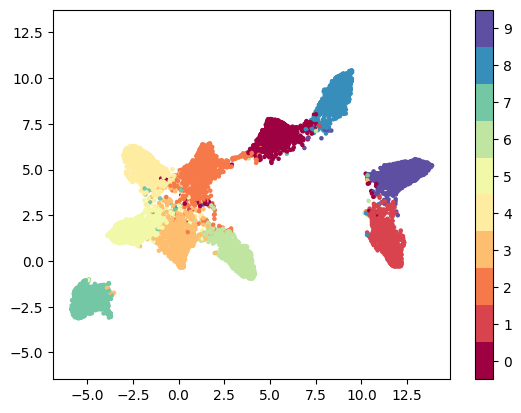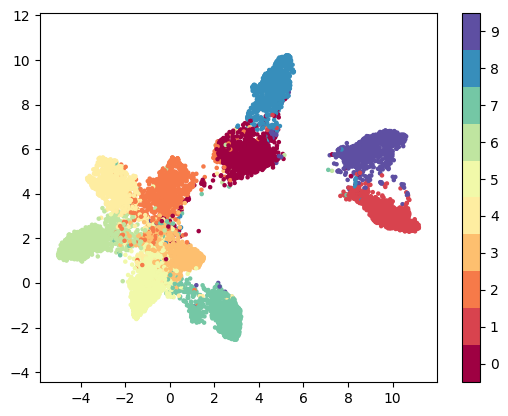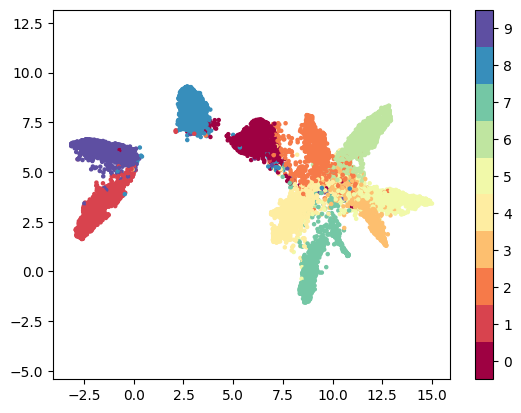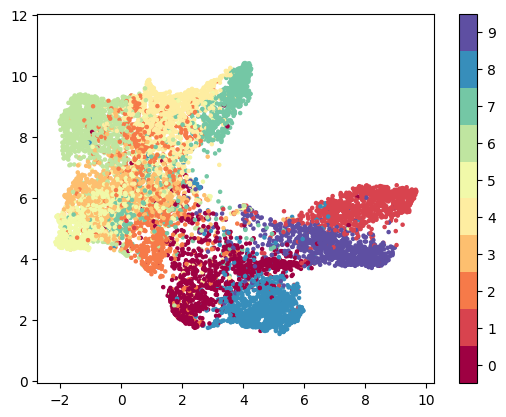We study the impact of different versions of magnitude pruning on the representation learned by deep models trained with Supervised and Supervised Contrastive learning methods. We discover that at high sparsity contrastive learning results in a higher number of misclassified examples than if the models are trained with supervised learning. We use the number of PIEs (Hooker et al., 2019), Q Score (Kalibhat et al., 2022), and PD-Score (Baldock et al., 2021) metrics to understand the impact of pruning on the learned representation quality. Our analysis suggests that popular pruning methods are oblivious to representation learning: misclassified examples are largely unique for a combination of learning and pruning methods. The negative impact of sparsity on the quality of the learned representation is the highest early on in the training phase.
Install the software packages required for reproducing the experiment by running the command: pip3 install -r requirements.txt inside the project folder.
Run the setup.sh script file to create the hierarchy of folders used to store the plots and the logs file of the experiment.
Download the pre-trained models from the zipped 'models.zip' folder (TO BE RELEASED) and store them in the main folder.
For each program, the flag --cuda_device GPU_ID is used to specify on which GPU the code will be run. The commands used to reproduce the results reported in the paper are stated below.
Contrastive Learning PIEs detection
python3.7 clr_pie_kmodels_detection.py
Supervised Learning PIEs detection
python3.7 sup_pie_kmodels_detection.py
To compute the UMAP visualization of the hidden representations produced by the encoder network add the flag --plot_umap followed by --models_number 1 .
The plots will be stored in the pies/cifar10/SupCon/umap (or pies/cifar10/supervised/umap) folders. To compute the Q-Score add the flag --plot_q_score without changing the --models_number parameter.
Contrastive Learning Prediction Depth
python3.7 clr_prediction_depth.py
Supervised Learning Prediction Depth
python3.7 sup_prediction_depth.py
The plots will be stored in the pies/cifar10/SupCon/prediction_depth (or pies/cifar10/supervised/prediction_depth) folder. The flag --prediction_depth_models is used to set up the number of the encoder networks used to compute the prediction depth score for each sample.
All the models trained will be stored inside the models/ main folder.
Contrastive Learning Training
python3.7 clr_training.py.py
Supervised Learning Training
python3.7 sup_training.py
The training hyperparameters can be specified by passing them as arguments to the code. The Supervised code will serialize the trained model as a single .pt file while the Supervised Contrastive will produce two .pt files (one for the Encoder and one for the Classification head).
Supervised Learning Finetune
python3.7 sup_pruning_finetune.py
Supervised Contrastive Learning Finetune
python3.7 clr_pruning_finetune.py
The finetune code will load 30 models not-pruned and will apply One-Shot global pruning followed by finetuning. The models finetuned will be stored in the models folder.
(1) UMAP Supervised Learning 0% sparsity and 95% sparsity (One-Shot pruning)
(2) UMAP Supervised Contrastive Learning 0% sparsity and 95% sparsity (One-Shot pruning)
The article produced (available here) was accepted at the Hardware Aware Efficient Training ICML2022 Workshop.
If you found this repository useful, please consider citing our work.
@article{corti2022studying,
title={Studying the impact of magnitude pruning on contrastive learning methods},
author={Corti, Francesco and Entezari, Rahim and Hooker, Sara and Bacciu, Davide and Saukh, Olga},
journal={arXiv preprint arXiv:2207.00200},
year={2022}
}



